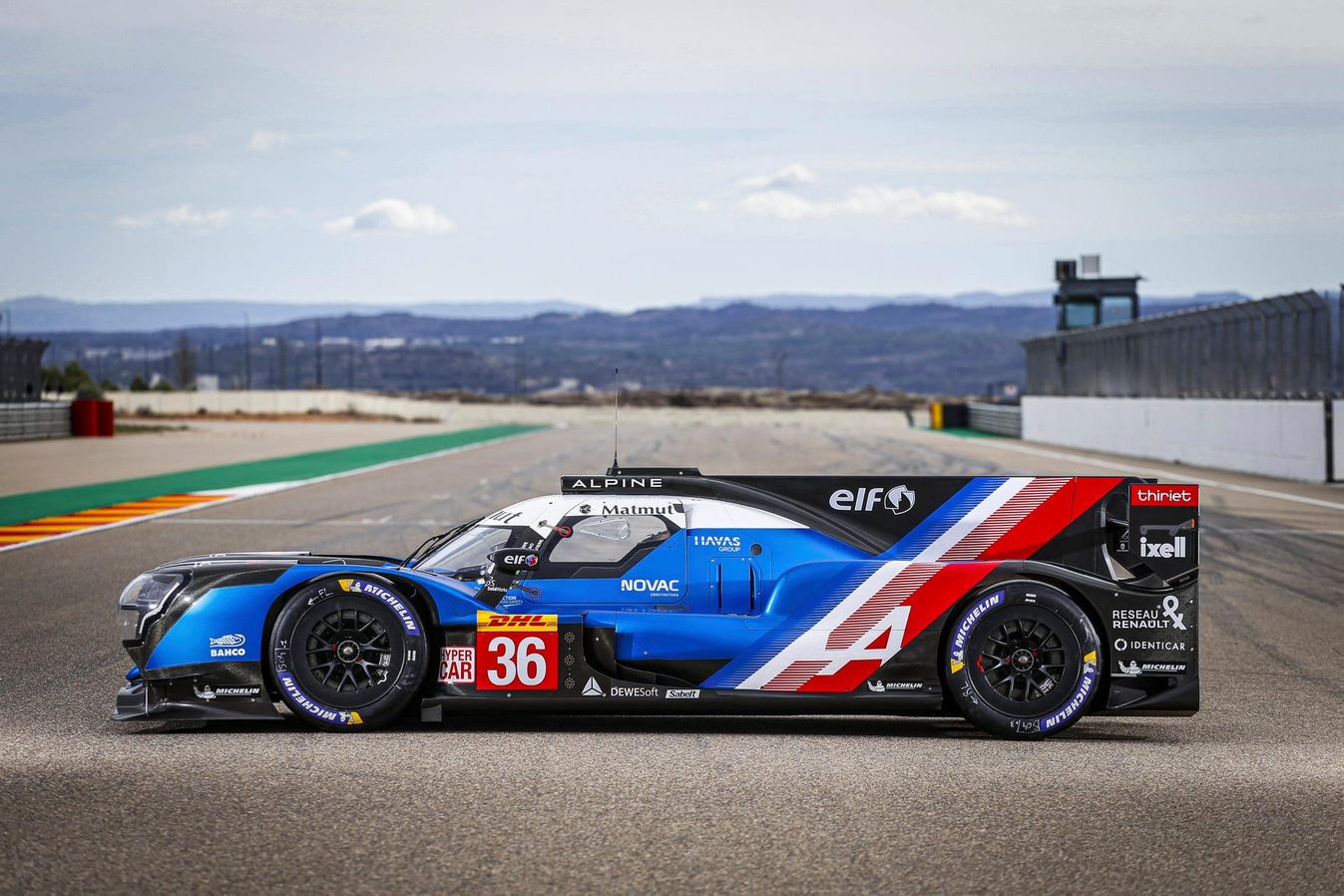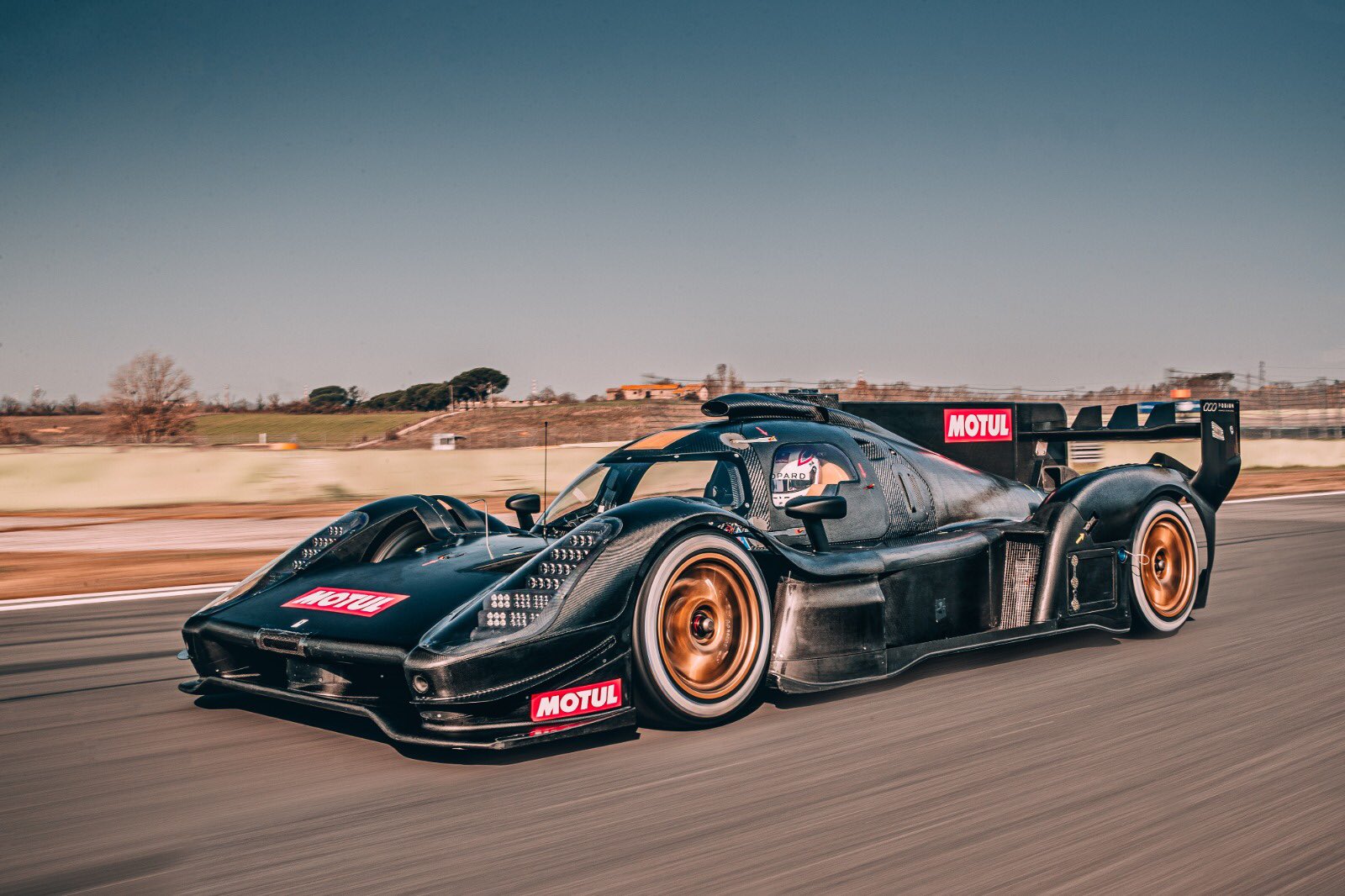The 2021 24 Hours of Le Mans… What’s About To Happen?
The start of a new era for THE endurance race of the year.

New information regarding the 2021 edition of the 24 Hours of Le Mans has been gradually released, as this year’s edition is shaping up to be quite the game-changer in endurance racing. Although the event has been pushed back to August (21st and 22nd), there’s a lot going on, and the provisional list of participants has just been released. Now, we won’t go into ALL the detail as there’s simply too much to explain but we’ll cover the basics. There are some very important changes to the rules, noteworthy competitors for this year and a few BIG names coming in 2022 and 2023.
Covering the most boring stuff first, the rules for this year’s Le Mans 24 Hours have changed dramatically. Gone are the 1000+ bhp, ultra-fast one-off prototypes, and back are high-powered, slightly less fast road-car derived racers. Yes, the ACO and FIA have rebranded the top tier LMP1 class into “Hypercar” class, which includes both LMH and LMDh competition (more on that later). A racecar eligible to compete in this new class must now follow an almost completely new set of rules, split into LMH and LMDh. The first is an abbreviation of “Le Mans Hypercar” and the second for “Le Mans Daytona Hybrid.”
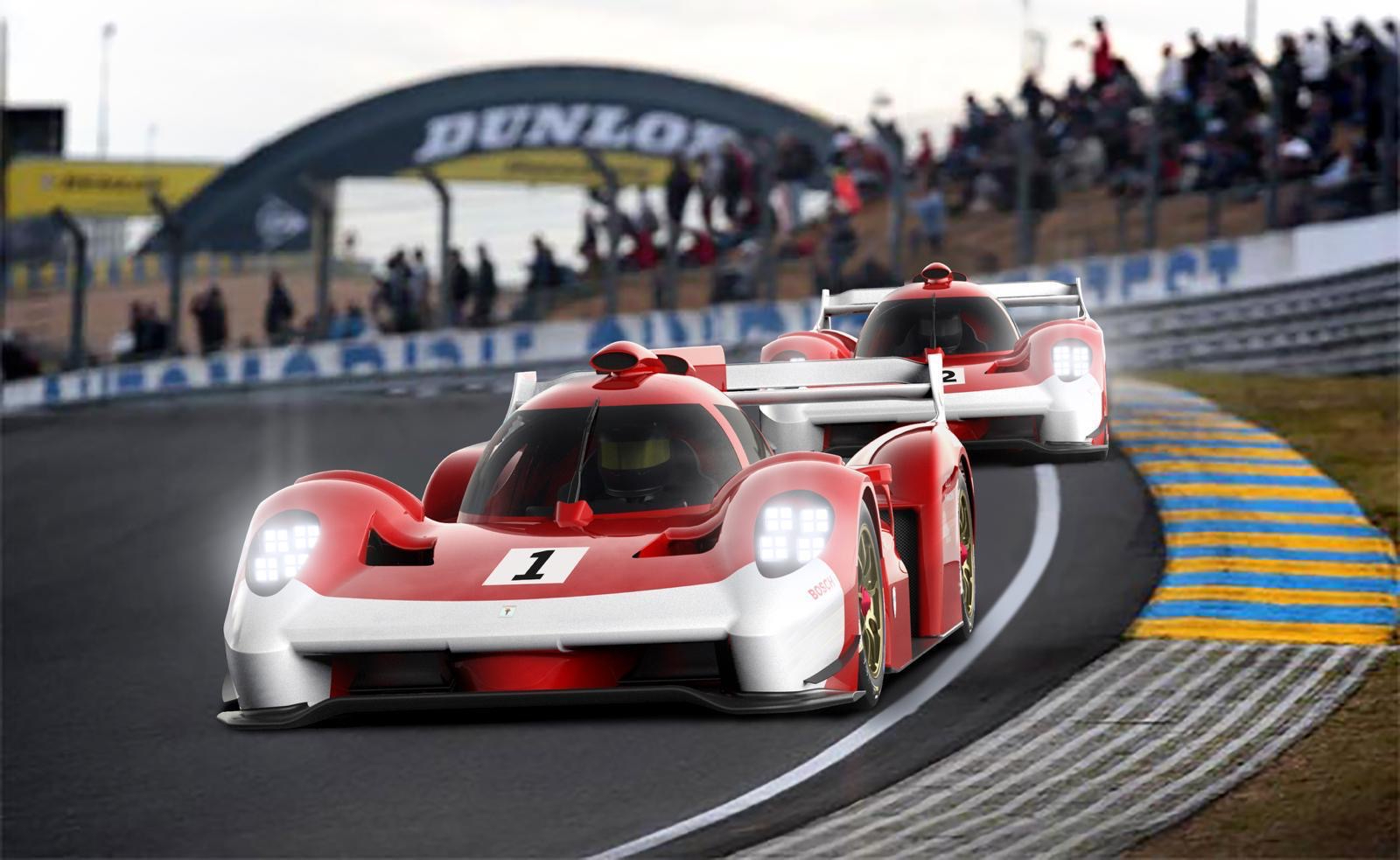
To make things even more complex, there is a legal loophole where a former LMP1 car can still run this year, but it will be balanced in power compared to the other competitors. In all fairness, going through all changes in regulations for the new Hypercar class becomes confusing quite fast so consider this an attempt to clarify the most important bits, but not all nitty-gritty details.
Under the new Hypercar regulations, there’s a shift from strict constraints on a car’s design and build towards allowing more creative freedom under so-called Performance Windows. The ACO feels that the former LMP1 category has gotten too fast and too expensive to be justified. It became impossible for privateers and outsiders to compete for the win against multi-billion dollar corporations like Audi and Toyota.
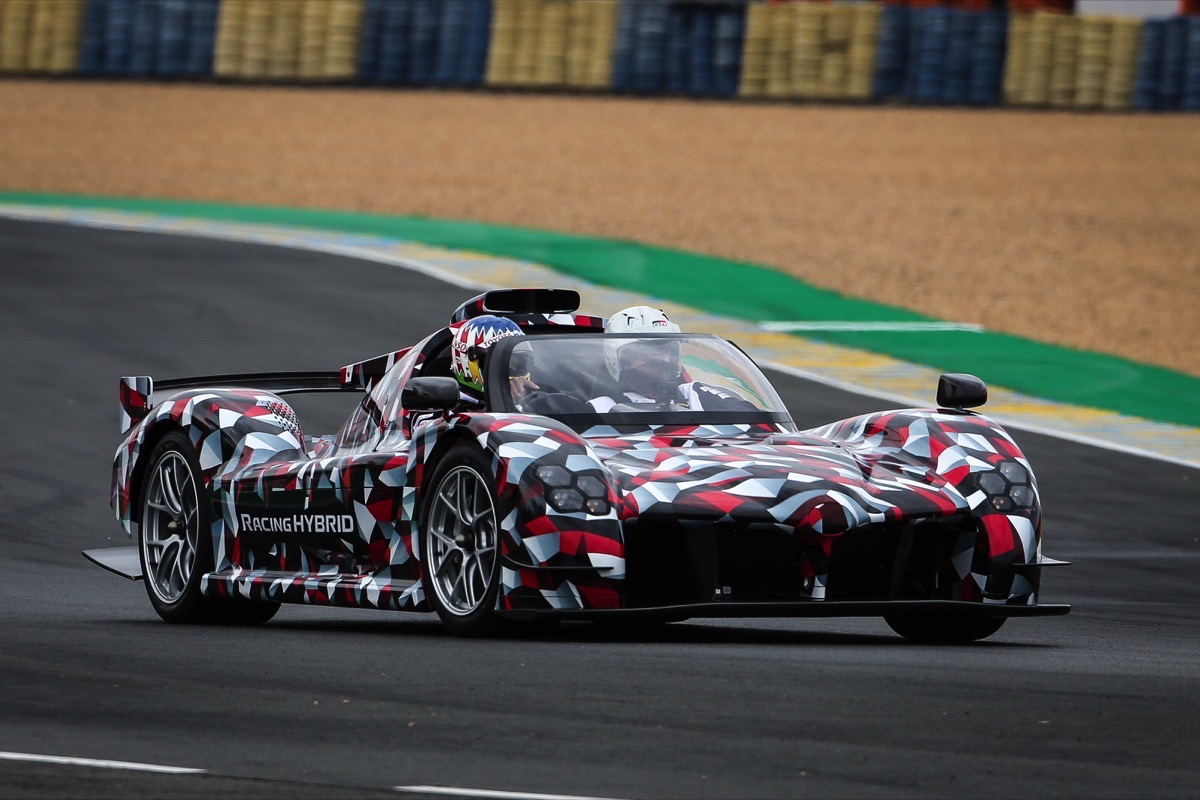
So, new for both LMH and LMDh from 2021 onwards is a maximum power output of 671bhp, regardless of running a hybrid set-up or not. Secondly, there’s a pre-determined aerodynamic performance limit, as well as a minimum weight of 1030 kilos. After extensive testing to ensure cars perform within these set windows, a design is frozen for a five-year homologation cycle. The most fascinating part of all this is that, yes, we will be seeing several LMH and LMDh derived road-legal cars in the future (yes, meaning the comeback of so-called homologation-special cars… Think about the 1990s, with the 911 GT1 or the CLK GTR).
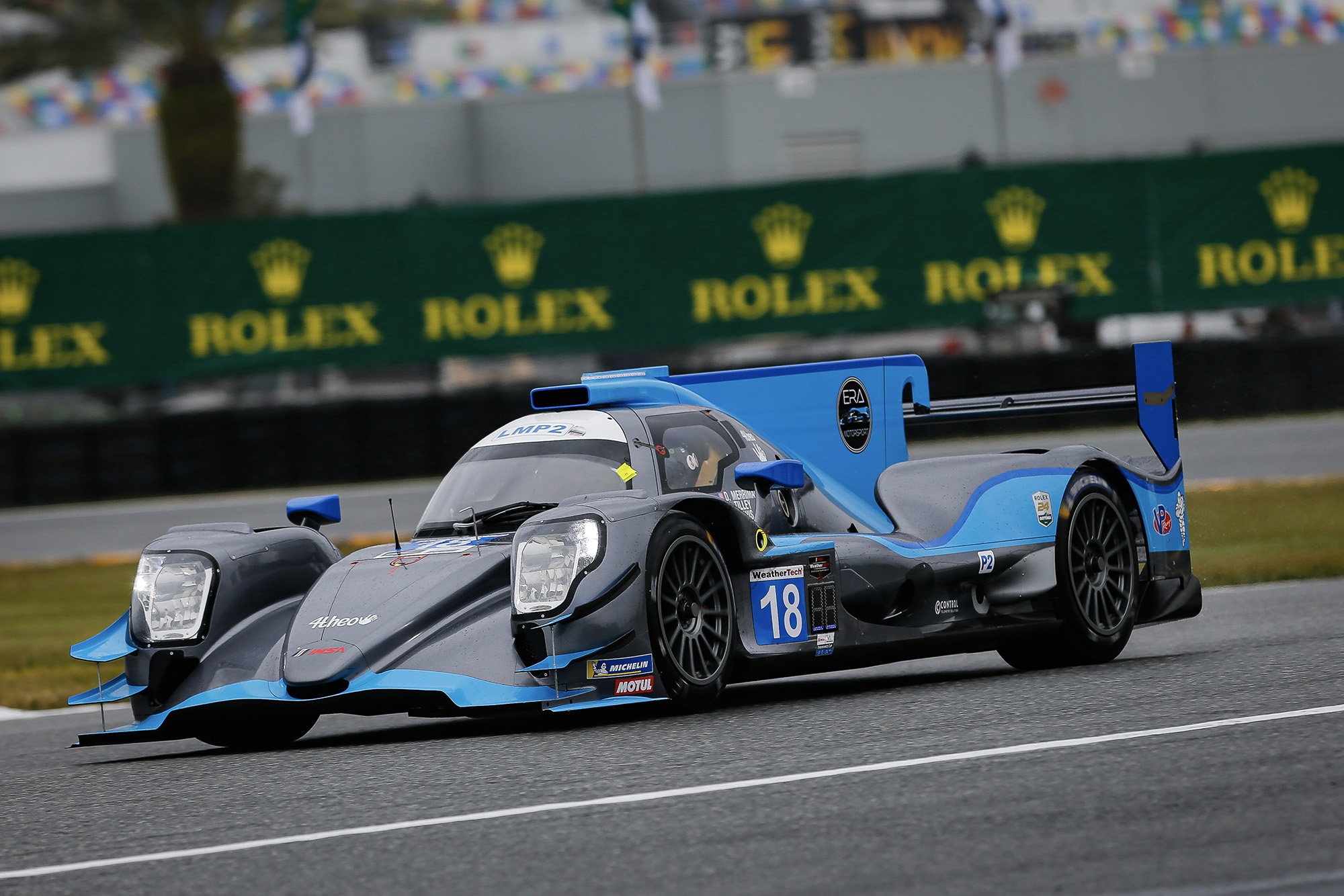
LMDh differs from LMH in a number of key areas. Both use the same power limit, but the philosophy of how to achieve that is what sets them apart. Most importantly perhaps, although not to us but the teams for sure is a no cost-cap for LMH versus a cost-cap for LMDh teams. LMH cars can use a bespoke racing chassis or a road-car derived one, where an LMDh car must use a standard chassis from one of four predetermined chassis builders. An LMH car can either be built as a bespoke prototype but a manufacturer can also choose to build a race car based on a road car or vice versa. If so, a specific number of road cars must be build that uses certain parts from the engine and hybrid system (if used in racing). To even everything out between hybrid versus non-hybrid, LMH versus LMDh, the ACO and FIA have agreed upon a Balance of Performance formula. Dailysportscar has a nice breakdown of what it means to compete under LMH or LMDh stipulations.
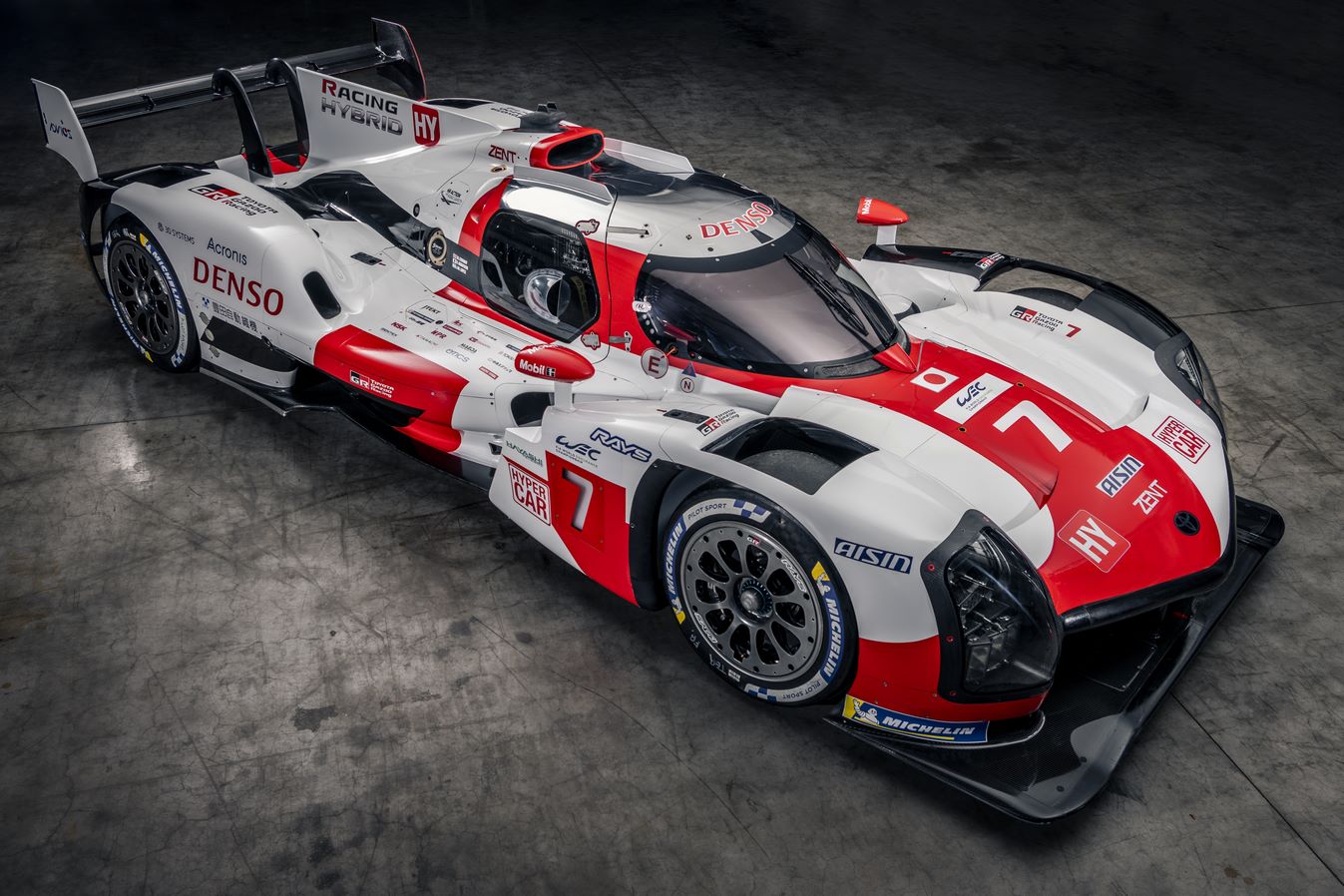
So who’s in for now? For this year’s race, the ACO has released a provisional entry list fielding 33 cars. Not the biggest grid ever, but consider this as a transitional year. Both LMH and LMDh classes see multiple high-profile competitors lining up, not just this year but also for 2022 and 2023. The inaugural LMH class will see two cars from Toyota Gazoo Racing, fielding the Toyota GR010 Hybrid. Toyota has been the sole global manufacturer in LMP1 for the past three years and hasn’t really had a serious threat for outright victory. As a result, the Gazoo Racing team are probably best equipped to tackle the 2021 edition. Styling elements from the TS050 LMP1 race car have found their way into the new GR010 Hypercar and subsequently into its road-going counterpart, the GR Supersport. A prototype of the latter was launched shortly before the start of the 2020 24 Hours of Le Mans race. Here’s more on Toyota Gazoo Racing the GR010 Hypercar and FR Supersport.
Next up is the French racing outfit known as Alpine Elf Matmut, which will bring a former LMP1 car into the mix. As said, the new rules allow for a “grandfathered” LMP1 to race in the new LMH category if it complies in several areas. The Alpine Elf Matmut team will be running the Alpine A480 which is essentially an updated, rebadged Rebellion R13 from the 2020 season of World Endurance Racing.
Formerly competing in LMP2 racing, and sharing vast resources with the Renault (now also Alpine) Formula 1 team, the Alpine Elf Matmut is a serious contender. The French team, although not exactly the same people probably, have won the 1978 Le Mans 24 hours, amidst the Porsche-dominated seventies and eighties. Not much is known about this car as of yet and their website was under maintenance at the time of writing this, so time will only tell. More on the Alpine Elf Matmut racing team.
Then there are the outsiders, the David as in “David versus Goliath” perhaps; Scuderia Cameron Glickenhaus. This relatively young enterprise builds some of the most desirable road and racing cars money can buy, in very small numbers and highly customized to a client’s desires. They’ve always focused on the most challenging races to compete in, such as the Baja1000 (2 class wins) and the Nürburgring 24 Hours (6 class wins). With the shift in regulations for endurance racing, SCG is currently developing their SCG 007 Hypercar to compete at Le Mans, and have entered two of them. The car will be powered by a completely new twin-turbocharged 3.5-litre V8. It would make the first American made car to win at Le Mans since Ford in 1966 if they manage to pull off that stunt! In addition to a factory LMH racer, they will also offer customer versions to enter into the mix, if someone fancy’s their chances. It has been shot testing at the Italian Monza racing track, and it looks and sounds incredible. More on Scuderia Cameron Glickenhaus here.
With the entry of the LMDh class in 2022, things are shaping up to be very interesting from then onwards. As of now, Acura (the luxury division of Honda), Audi and Porsche have all confirmed to enter under LMDh stipulations. It’s a well-known fact that both Audi and Porsche have multiple wins (Audi with 13, Porsche with 19) and it makes for a real clash of the titans. Porsche has a huge reputation to uphold as it comes to their record for most wins, one Audi was fast approaching with their domination in the 1990s and 2000s. Before Toyota won three times in a row, Porsche did just the same, winning back-to-back-to-back with their almighty 919 Hybrid.
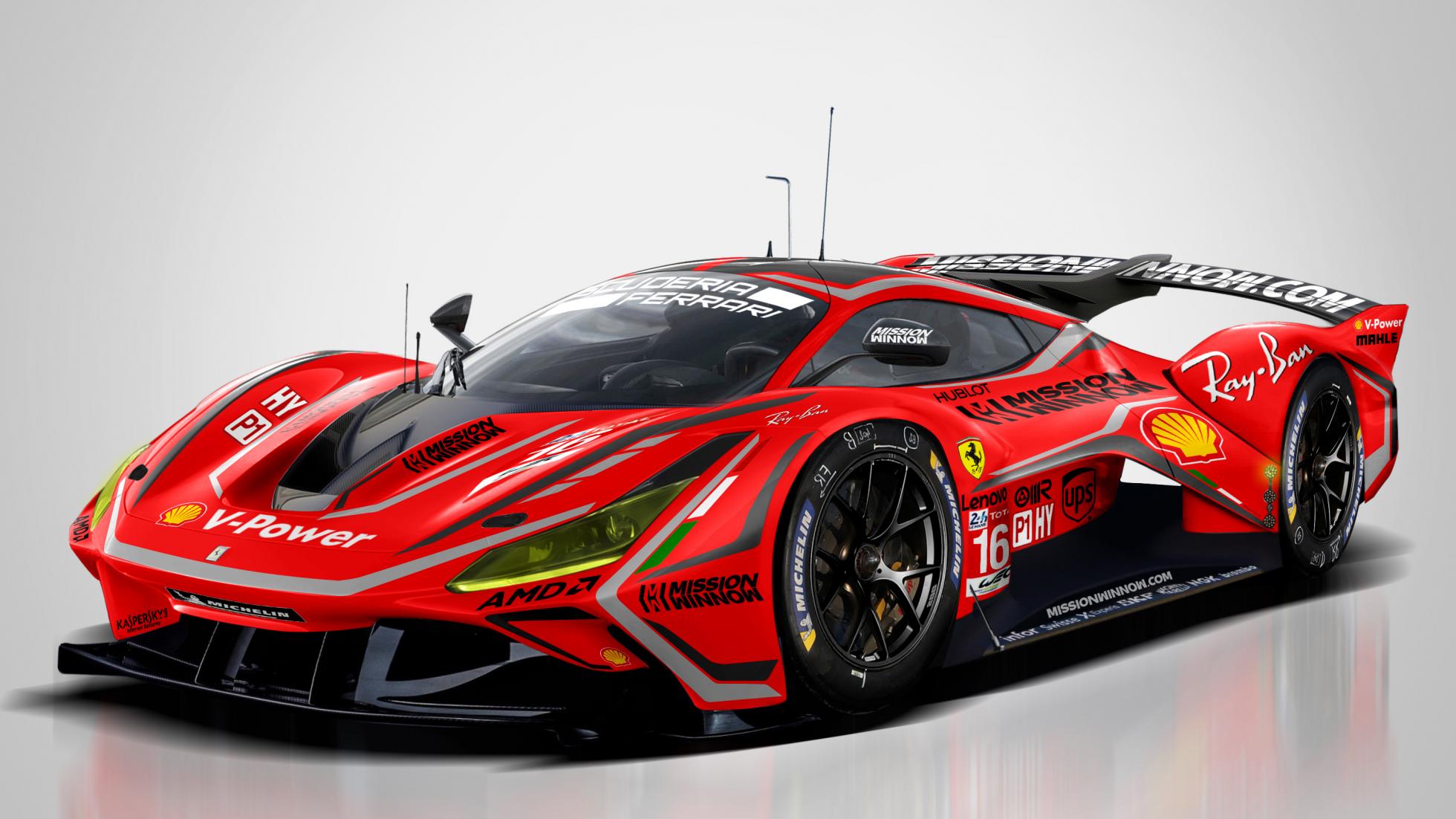
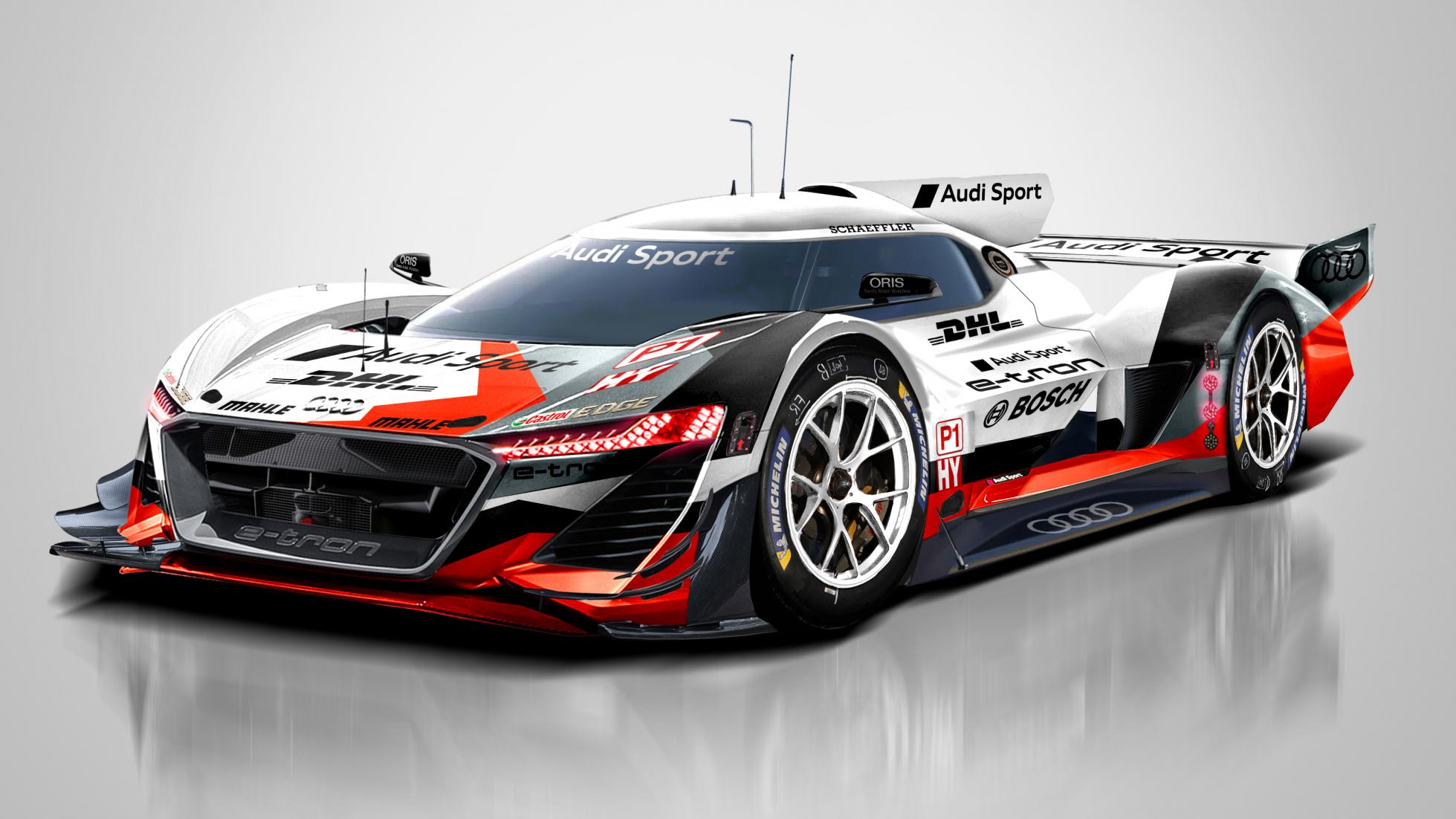
And I’ve perhaps saved the biggest bang for last; Ferrari. Yes, the famous Italian brand is once again set to compete at Le Mans in the top level of racing. From 2023, Ferrari has confirmed to compete in LMH and as a direct result of the stipulations in place from this year onwards, that means we will see a new hypercar too. Their last overall victory was in 1965 with the Ferrari 250 LM. In 1973 they withdrew their factory team from endurance racing altogether, when their Ferrari 312PB-73 failed to win. After that there have been the Michelotti-built Ferrari 333SP (not a factory developed car!) and multiple GT-entries, but nothing in the likes of Group C, GT1 or LMP1 for that matter.

